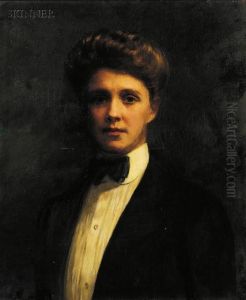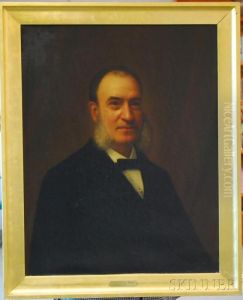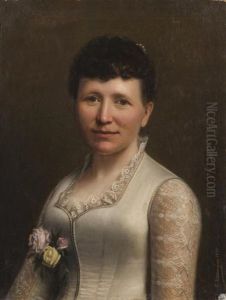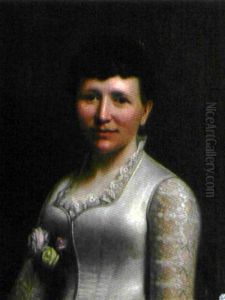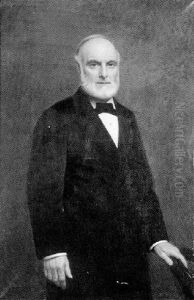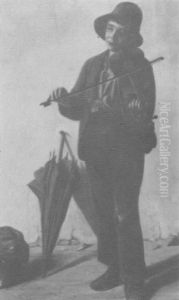Carnig Eksergian Paintings
Carnig Eksergian was an Armenian painter born in 1870 in Bardizag (now Bahçecik), a town in the Ottoman Empire. His artistic journey began in his home country, but it would take him across continents, reflecting the broader narratives of Armenian history and the diaspora of the late 19th and early 20th centuries. Eksergian's life and work were deeply influenced by the socio-political upheavals of his time, particularly the Armenian Genocide, which began in 1915, a year before his death.
Eksergian's artistic talent emerged early, and he pursued formal art education in Europe, a common path among his contemporaries seeking to refine their craft. His style was primarily realist, focusing on portraits and landscapes. He became well-known for his portraits, capturing the dignified essence of his subjects with meticulous attention to detail and a profound sense of empathy. These works not only showcased his technical skill but also served as a cultural testament to the Armenian people and their resilience.
Throughout his career, Eksergian faced the challenges of working in an era of significant turmoil. The late 19th and early 20th centuries were marked by rising tensions and eventual atrocities against Armenians in the Ottoman Empire. His art, therefore, was not just a personal endeavor but a reflection of the times he lived in, imbued with a sense of loss and longing for a homeland.
Eksergian's contributions to Armenian art are remembered for their technical proficiency and emotional depth. His portraits, in particular, serve as a poignant reminder of the individuals behind the historical events, a personalization of the collective Armenian experience during one of its most challenging periods. Despite his relatively short life, Eksergian's work left a lasting impact on Armenian cultural heritage, embodying the resilience and spirit of his people. He died in 1916, amidst the turmoil of the Armenian Genocide, his death marking the end of a prolific but all-too-brief career. His legacy, however, continues to inspire and resonate within the Armenian community and beyond, a testament to the power of art as a medium for historical memory and cultural identity.
